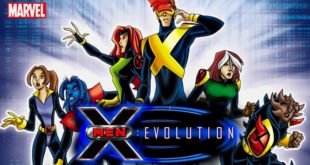Marvel Rivals characters Full 26 Video Game List
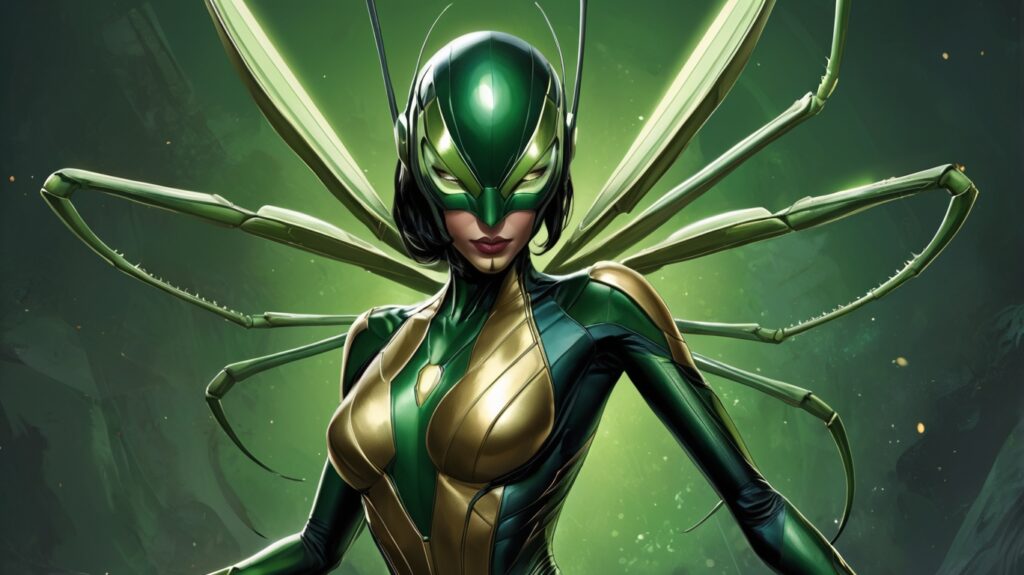
In a universe where heroes clash and alliances are forged in the heat of battle, the much-anticipated *Marvel Rivals* video game promises to take players on an exhilarating journey through the multiverse. Imagine stepping into iconic locations—from the bustling streets of New York City to the mystical realms of Asgard—where you can pit your favorite superheroes against each other in epic showdowns. With stunning graphics that bring beloved characters to life and a dynamic combat system designed for both casual gamers and seasoned veterans, *Marvel Rivals* is poised to redefine how we experience superhero battles. #marvelrivals #videogame #ps5 #xbox #pc
But what sets this game apart from its predecessors? It’s not just about who will emerge victorious; it’s about strategy, teamwork, and adapting to your opponent’s moves in real-time. Players can customize heroes with unique abilities and unlock hidden powers as they progress through thrilling storylines that intertwine classic comic arcs with fresh narratives. Whether you’re assembling a dream team or engaging in one-on-one duels, *Marvel Rivals* invites you to explore what it truly means to be a hero—or villain—in an ever-evolving conflict where every choice matters. Buckle up for an adventure filled with twists, turns, and rivalries that will keep fans captivated long after they’ve put down their controllers!
Marvel Rivals is set to be a third-person hero shooter featuring 6v6 player-versus-player action. By strategically selecting two or three characters, players can harness Dynamic Hero Synergy, enhancing their chosen characters’ combat performance. The game includes destructible environments, enabling players to modify the battlefield—managed by Galacta—to gain an upper hand.
As of July 2024, a total of 26 playable characters have been officially revealed, including Spider-Man, the Hulk, Iron Man, Doctor Strange, Black Panther, Loki, Star-Lord, Rocket Raccoon, Groot, Mantis, Namor, Peni Parker, Magik, Luna Snow, Storm, Magneto, the Punisher, Scarlet Witch, Hela, Venom and Adam Warlock. Additionally, two confirmed settings are Yggsgard—a blend of Asgard and Yggdrasil—and Tokyo in the year 2099.
The game offers three modes: Convoy, Domination and Convergence. Furthermore on July 25th 2024 Jeff the Land Shark was announced as a playable character.
Synopsis: The narrative centers around a tense confrontation between Doctor Doom and his heroic version from the year 2099. This encounter triggers a phenomenon known as ‘Timestream Entanglement,’ leading to the fusion of various universes and the emergence of new realms. As a result, heroes and villains from across the multiverse engage in battles against each other, all with the primary objective of vanquishing both iterations of Doctor Doom before one can dominate these newly formed worlds.
Marvel Rivals characters Full Video Game List
What characters can players expect in the Marvel Rivals video game? Each new release from Marvel brings an array of playable heroes, and in the latest 6-vs-6 shooter developed by Netease and Marvel Games, there’s a wide selection available. Although speculation and leaks have circulated prior to the game’s announcement, we now have the official roster for Marvel Rivals ready for you.
Marvel Rivals characters Full Video Game List
Star Lord
Star-Lord, the charmingly reckless leader of the Guardians of the Galaxy, stands out as one of Marvel’s most compelling characters due to his unique blend of charisma and vulnerability. At first glance, he may seem like just another wisecracking rogue with a penchant for pop culture references, but beneath that facade lies a deeply layered persona shaped by personal loss and an insatiable quest for belonging. The juxtaposition between his playful demeanor and moments of real emotional struggle highlights a nuanced character arc that resonates with audiences.
Moreover, Star-Lord’s relationship with music isn’t just a quirky trait; it serves as a vital thread woven into both his identity and narrative journey. The Awesome Mix soundtracks are not merely nostalgic playlists but symbols of connection to his late mother and represent his attempts to cope with grief while navigating an alien universe. This sonic backdrop enriches his adventures, transforming every battle against cosmic threat into a poignant illustration of how art can bridge personal sorrow with heroic aspiration. Whether belting out classic tunes or facing intergalactic foes, Star-Lord embodies the timeless quest for connection in an ever-expanding universe—a reminder that even in chaos, we can find our rhythm.
Hela
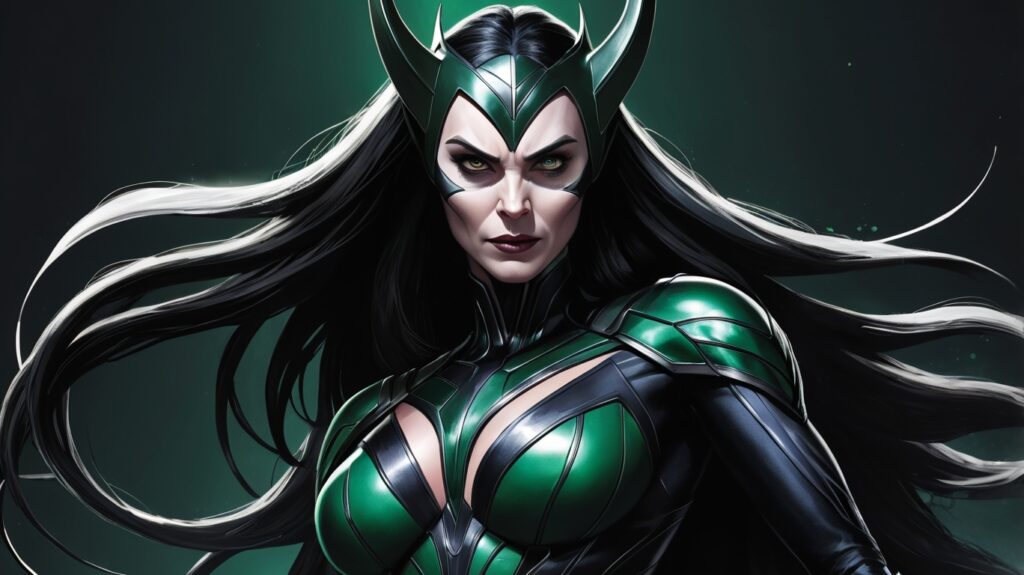
In the Marvel Universe, Hela stands out not just as a formidable adversary but as a complex character who embodies the intricate relationships between power, identity, and legacy. As the goddess of death and ruler of Hel, her fearsome reputation often overshadows her backstory—a tale steeped in betrayal and familial conflict. Unlike typical villains defined solely by their ambition for dominance, Hela’s motivations spring from her desire to reclaim what she perceives as her rightful place in Asgardian history. This layer of depth resonates with audiences who are drawn to narratives that challenge traditional notions of good versus evil.
Exploring Hela’s journey reveals significant themes about womanhood and strength within the typically patriarchal framework of mythos. Far from being a one-dimensional villainess, she dismantles expectations at every turn—instead of relying on male figures or alliances to achieve her goals, she harnesses her own fearsome powers and intellect. This makes Hela not only a representation of power but also a powerful commentary on female agency in storytelling. Her return in various comic arcs prompts readers to reconsider how narratives shape our understanding of heroism; it’s clear that even those we’re conditioned to view as antagonists can provoke critical discussions around morality and redemption in epic tales.
Namor

Namor, often dubbed the Sub-Mariner, stands as one of Marvel’s most complex antiheroes, blending regal ambition with a profound sense of duty to his underwater kingdom of Atlantis. Unlike many superheroes who operate purely from a place of justice and heroism, Namor’s motivations are deeply rooted in the protection of his people, often leading him to clash with surface dwellers like the Avengers or the Fantastic Four. His challenges arise not only from external conflicts but also from an internal struggle between his Atlantean heritage and human connections—certainly exemplified by his intricate relationships with characters like Sue Storm.
Beyond his extraordinary powers—manipulating water,superhuman strength, and flight—Namor’s character is rich with historical connotations that reflect real-world themes like climate change and militarization of the seas. As we witness rising tides and environmental anxieties echoed in today’s narratives, Namor emerges as a symbol for ocean conservation and sovereignty over one’s home—a reminder that even the mightiest beings must contend with ecological fragility. With recent cinematic portrayals elevating his narrative relevance within Marvel lore, audiences are invited to see him not just as a villain or ally but a multifaceted leader facing dilemmas reminiscent of our contemporary struggles over resource management and cultural identity.
The narrative layers surrounding Namor reveal an engaging commentary on power dynamics: while he possesses god-like abilities, his vulnerability lies in leadership choices that affect both surface-world alliances and undersea conflicts. As fans dive deeper into stories featuring this iconic figure—from golden-age comics to modern adaptations—they uncover reflections on loyalty versus obligation that resonate across genres and mediums. Ultimately, Namor remains a testament to how heroes can be grounded both in epic battles and relatable moral quandaries amidst an ever-evolving universe.
Loki
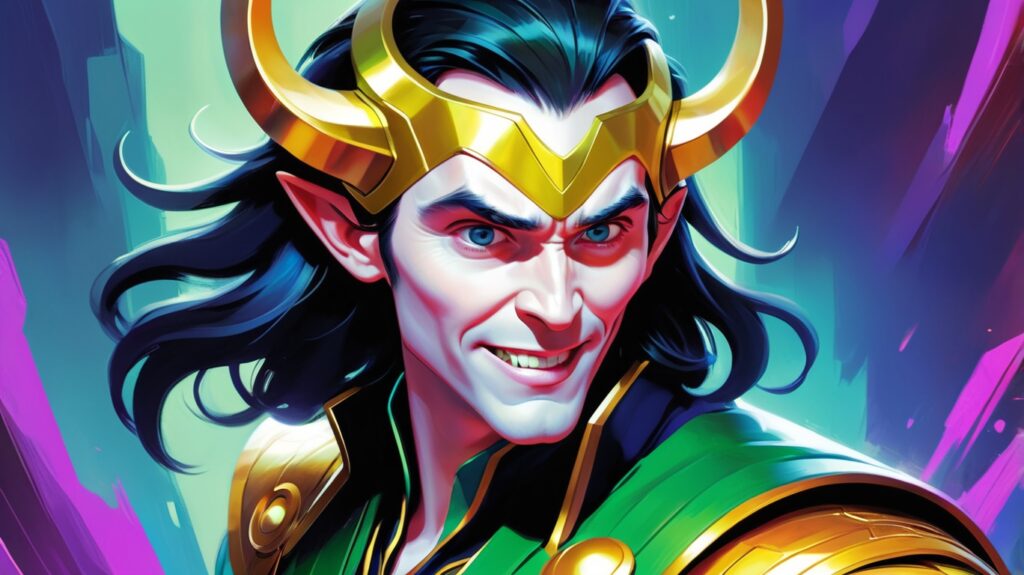
In the expansive universe of Marvel, Loki stands out not only as a god of mischief but as a deep and complex character whose journey defies simple categorization. Often seen through the lens of villainy in earlier films, his evolution throughout the Marvel Cinematic Universe (MCU), especially in the series Loki, reveals layers of vulnerability and existential angst. The show brilliantly utilizes time travel, thereby questioning fate and free will while exploring how both personal and cosmic struggles shape one’s identity.
What makes Marvel’s Loki particularly captivating is his intrinsic conflict between chaos and order. This duality invites viewers to ponder their own moral compass: Can one redefine themselves beyond their past transgressions? As he grapples with issues of self-worth amidst powerful forces trying to dictate his path, Loki resonates on a deeply human level. Furthermore, the introduction of variants offers fresh narratives that highlight alternate realities—each reflecting different choices he could have made—and emphasizes how even gods are not immune to regret or transformation. This rich tapestry makes Loki not just a character to watch but someone with whom audiences can connect profoundly.
Magik
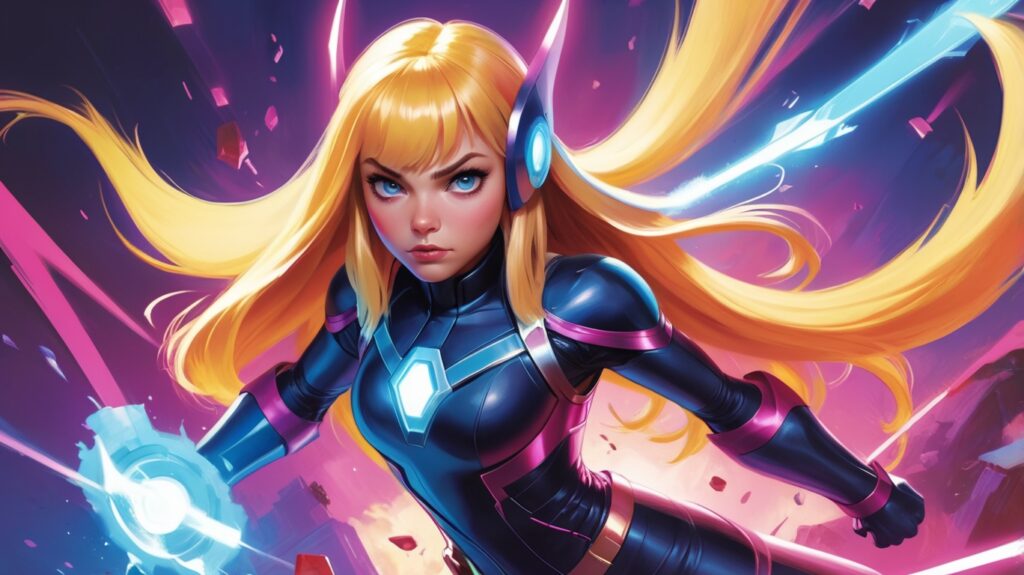
In the vast tapestry of the Marvel Universe, Magik emerges as a complex and multifaceted character that transcends the typical tropes of superheroes. Through her transformative journey from Illyana Rasputin, sister to Colossus, to the Sorceress Supreme of Limbo, Magik embodies themes of trauma, power, and redemption. Her unique blend of mutant abilities and mystic arts sets her apart; she wields not just sorcery but also Soulsword—the embodiment of her own struggles and triumphs over darkness. This duality enriches her narrative arc and compels readers to explore deeper questions about identity and responsibility.
What makes Magik particularly fascinating is how she navigates her relationships with both the X-Men and magical beings in Limbo. While she often wrestles with inner demons symbolized through her ties to dark magic, her loyalty to her friends showcases genuine growth. In recent storylines, writers have delved into these tensions further: how does one embrace their darker aspects while still striving for heroism? In a world where absolutes seem easier than moral ambiguity, Magik challenges us by showing that our past does not dictate our future—rather it shapes us into who we are meant to be. This layered storytelling not only elevates Magik as a standout figure but also makes her an emblematic representation of resilience against one’s personal battles.
Groot
Groot, the beloved tree creature from Marvel’s Guardians of the Galaxy, transcends his seemingly simplistic dialogue of “I am Groot” to embody a depth that resonates profoundly with audiences. This unique communication showcases not just his character but also reflects the essence of non-verbal expression and emotional intelligence. Groot’s energy is contagious; his unwavering loyalty and protective nature towards his friends remind us that sometimes actions speak louder than words. He is a living testament to the idea that strength can come in gentleness, providing a serene counterbalance to raucous personalities like Rocket Raccoon or Star-Lord.
Exploring Groot further reveals an intriguing connection to themes of growth and renewal in both life and nature. As he transitions through various forms—youngling, adult, or even as ‘Baby Groot’—he exemplifies resilience and adaptability. This cyclical view mirrors real-life experiences of rejuvenation after hardship, making him an emblematic figure for personal transformation. Additionally, his interactions highlight a sense of belonging among outsiders; the Guardians themselves are misfits who find family amidst chaos, with Groot firmly rooted as their heart and grounding force. Through him, Marvel invites us to embrace our uniqueness while celebrating companionship in its many forms.
Rocket Raccoon
Rocket Raccoon, the unlikely hero of Marvel’s cosmic saga, embodies the perfect blend of humor and depth within a universe often overshadowed by its grandiose characters. Beyond his sharp wit and knack for explosive weaponry, Rocket represents the scars of survival in a harsh galaxy. His backstory as an experiment gone awry opens a dialogue about identity and individuality, prompting fans to reconsider what it means to be ‘human’—or any sentient being—amidst existential trials.
One fascinating aspect of Rocket is his evolving relationship with family, particularly with fellow Guardians like Groot. Their bond transcends traditional notions of partnership; it reveals layers of loyalty and vulnerability that enrich Rocket’s character arc. As he grapples with abandonment issues and finds camaraderie among misfits, we’re reminded that even the most roguish characters can hold profound connections—offering insights into our own search for belonging in tumultuous times. In essence, Rocket Raccoon isn’t just a furry warrior; he’s a testament to resilience in adversity, poised perfectly between chaos and camaraderie.
Luna Snow

Luna Snow, the mesmerizing superhero in the Marvel Universe, stands out not just for her icy powers but also for her rich background that weaves together themes of identity and resilience. Originating from South Korea, Luna is a pop star by day and a crime-fighting hero by night. This duality offers readers a fresh lens through which to explore the pressures of fame while balancing heroic responsibilities. Unlike many heroes who grapple with their powers in isolation, Luna’s journey intertwines with cultural narratives, reflecting the fusion of modernity and tradition faced by countless young people today.
What makes Luna particularly captivating is how her abilities—manipulating ice and controlling winter weather—serve as metaphors for emotional depth. The cold she wields can symbolize both solitude and clarity, allowing her character to navigate complex personal relationships while battling formidable foes. As she navigates challenges within an often male-dominated realm, her experiences resonate with broader conversations around representation in comics. In an era where diverse voices are finally gaining prominence in storytelling, Luna Snow emerges as an emblem of empowerment; she embodies not only strength but also vulnerability amidst chaos—a reminder that even our superheroes have nuanced lives behind their masks.
Black Panther
The Marvel Black Panther universe extends far beyond the thrilling narratives and visually stunning battles; it is a profound exploration of identity, culture, and resilience. At its core, T’Challa embodies the challenge of leadership in a modern world, grappling with the legacy of his ancestors while paving a path for future generations. The film’s setting in Wakanda—a nation rich in resources yet hidden from colonial exploitation—symbolizes not just technological advancement but also an affirmation of African heritage. This juxtaposition offers audiences a chance to re-examine colonialism’s impact on identity and empowerment.
Moreover, the character arcs of Shuri and Killmonger reveal nuanced views on strength and vulnerability within communities. While Shuri represents innovation and hope for tomorrow’s leaders, Killmonger reflects the anguish born out of historical injustices; his complex motivations provide layers to what could have been a one-dimensional antagonist. This dynamic sparks conversations around empathy in conflict, urging viewers to see beyond binary perspectives of hero versus villain. As we celebrate Marvel’s Black Panther as a cultural phenomenon, we also recognize its role as a mirror reflecting contemporary society’s struggles with race, power, and belonging—encouraging us all to envision what true unity can look like amidst diversity.
Iron Man
Iron Man’s allure extends beyond his high-tech suits and flashy battles. At the core of Marvel’s iconic superhero is Tony Stark, a complex character grappling with profound personal demons like guilt, responsibility, and the quest for redemption. His journey from self-absorbed genius to heroic savior sheds light on the transformative power of vulnerability; Stark embodies the idea that true strength lies in acknowledging one’s flaws rather than merely wearing armor. This multifaceted portrayal resonates with audiences who see reflections of their own struggles within his narrative arc.
Moreover, Iron Man serves as a symbol of innovation in both technology and storytelling. The evolution of Stark’s suits parallels real-world advancements in artificial intelligence and sustainable energy, sparking discussions about morality in tech development. As fans watch him navigate this dynamic landscape, they are invited to ponder deeper questions about how we engage with technology in our lives—should it empower us or enslave us? In essence, Iron Man not only entertains but galvanizes conversations around ethics, humanity, and progress that transcend the confines of comic books and films.
Hulk
The Marvel Hulk is more than just a green giant with unparalleled strength; he embodies the raw, untamed instincts that live within us all. Bruce Banner’s transformation into the Hulk serves as a powerful metaphor for human emotion—the uncontrollable bursts of rage and frustration that we often suppress. This duality provides an interesting lens through which to examine our own struggles with vulnerability and anger in a world that incessantly demands composure. The Hulk is not simply a monster to be feared but is also a figure of resilience, representing how one can embrace their darker sides while still seeking inner peace.
In recent storylines, particularly in the comics and animated adaptations, we witness an evolution of this character. The exploration of “Professor Hulk,” where Banner reconciles his intellect with his brute strength, hints at the potential for harmony within chaos. This integration invites readers to reflect on how personal growth often stems from embracing all parts of oneself—strengths and weaknesses alike. As fans eagerly anticipate future cinematic appearances, it’s evident that the journey of Marvel’s Hulk remains relevant today; it challenges us to confront our inner turmoil and inspires us to find power in acceptance rather than suppression.
Spider Man
Marvel’s Spider-Man transcends mere superhero status, embodying the struggle of an average young adult faced with extraordinary responsibilities. At its core, the narrative delves into the intricacies of dual identity—how Peter Parker balances his personal life, fraught with friendships and romantic entanglements, against the backdrop of a city in constant peril. This tension resonates deeply with audiences who see their own challenges mirrored in his journey, illuminating a universal theme: the weight of expectations.
Beyond flashy costumes and web-slinging action, Marvel’s Spider-Man offers poignant explorations of sacrifice and loss. The iconic mantra With great power comes great responsibility serves as both a guiding principle and a source of conflict for Peter as he navigates relationships like that with Aunt May or his complex ties to characters such as Mary Jane Watson. Fans are drawn not only to Spidey’s agility but also to his vulnerability—the struggles he faces are all too human despite his superpowers. In this way, Marvel’s Spider-Man isn’t just another tale of good versus evil; it invites us to consider what it truly means to be heroic in our imperfect lives.
Doctor Strange
Doctor Strange, the Sorcerer Supreme of Marvel, embodies the intricate dance between mysticism and reality in a superhero narrative. Unlike many of his counterparts who rely on physical prowess, Stephen Strange’s powers stem from an intellectual pursuit of knowledge and mastery over ancient spells. This cerebral dimension elevates his character, revealing how the quest for understanding can transcend mere heroics. The use of visual effects in *Doctor Strange*, with its mind-bending landscapes and shifting realities, becomes a narrative tool that sheds light on his inner struggles—reflecting how profound transformation often demands facing one’s own fears.
Moreover, Doctor Strange’s role within the Marvel Cinematic Universe continues to evolve as it delves deeper into themes like sacrifice and redemption. As evident in multiple crossovers and standalones alike, he teaches viewers that true strength lies not only in wielding magic but also in making tough decisions for the greater good. In recent story arcs involving multiversal complexities, this dimension is further elaborated upon; even with immense power at his fingertips, Strange often wrestles with the consequences of manipulating time and space. Such storytelling encourages fans to ponder: What are the lines we’re willing to cross when lives hang in balance? Through this lens, Doctor Strange transforms from a mere sorcerer into a profound symbol of ethical dilemmas faced by anyone holding significant power—a timely reminder resonating well beyond comic pages.
Magneto
Magneto, a character often cast in the role of villain within the Marvel universe, embodies a complex blend of trauma, ideology, and moral ambiguity that compels deeper exploration. Driven by his experiences as a Holocaust survivor, Magneto’s motivations extend beyond mere power; they resonate with themes of survival and protection for mutantkind. This nuanced backstory invites readers to empathize with his struggle against persecution—a stark reminder that heroes and villains often lie on a spectrum rather than in absolute categories.
What sets Magneto apart is not just his formidable magnetic powers but also his philosophical stance on mutant rights. Unlike many antagonists who seek power for its own sake, he champions an existential cause: the elevation of mutants above humanity due to their inherent abilities. This ideological battle against institutional oppression poses critical questions about morality and justice within both fictional narratives and real-world sociopolitical landscapes. As Marvel’s ongoing storylines evolve, fans are left to ponder whether Magneto will ultimately be seen as a tragic hero or an unwavering antagonist—an evolution fuelled by the changing tides of cultural understanding regarding prejudice and acceptance in society at large.
Mantis
Marvel’s Mantis stands as one of the most intriguing characters in the vast cosmic ensemble of the Marvel universe. Originally introduced as a member of the Avengers, her abilities to sense and influence emotions set her apart from other heroes. This empathic skill resonates deeply with contemporary themes around mental health and emotional intelligence, allowing audiences to connect with her on a personal level. Mantis embodies an ethereal quality that makes her both relatable and mysterious, captivating fans who savor nuanced character development.
Her unique power also introduces fascinating dynamics in team settings, especially within the Guardians of the Galaxy narrative. Unlike traditional brawlers or strategists, Mantis’s strengths lie in her subtle manipulation of interpersonal relationships and conflict resolution—elements often overlooked in action-packed storylines. As we explore more profound layers of superhero identity, Mantis encourages readers to rethink heroism beyond physicality; she exemplifies how soft skills can hold immense power. With each interaction and emotional nuance explored in comic arcs or films, Mantis reinforces that understanding oneself and others is heroic in its own right.
Peni Parker
Peni Parker stands out in the Marvel universe not just for her unique background, but for the innovative blend of technology and narrative that she represents. As a young girl piloting the SP//dr suit—a blend of cutting-edge technology and psychic connection—she symbolizes the intersection of human emotion and machine efficiency. This relationship compels readers to ponder how technology interacts with our humanity, especially in a time when AI is rapidly evolving and becoming integral to our lives.
Moreover, Peni’s character offers a refreshing take on traditional superhero narratives by infusing elements from anime culture. Her journey reflects themes of friendship, loss, and resilience that resonate deeply with younger audiences while challenging stereotypical representations often found in mainstream superhero lore. By embracing her Japanese heritage through both aesthetic choices in design and story arcs infused with cultural richness, Peni Parker enriches the tapestry of Marvel stories and introduces viewers to a celebration of diversity that inspires global fandoms to unite over shared values rather than conventional traits.
Venom
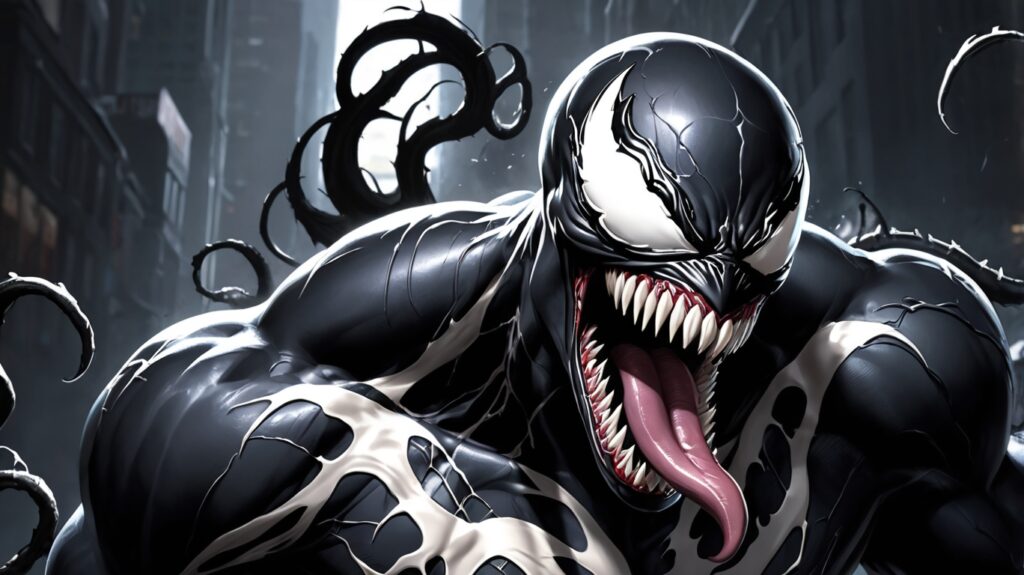
Marvel’s Venom transcends the traditional boundaries of superhero and supervillain, emerging as a complex, anti-heroic figure that resonates with themes of identity and duality. The character is not merely a host for an alien symbiote but rather the intricate interplay between Eddie Brock and the sentient entity explores deeper psychological elements. Their tumultuous relationship reflects modern struggles with mental health, as Brock grapples with self-worth and redemption while being continually influenced by his more chaotic counterpart. This dynamic invites readers to confront their own inner demons, blurring the lines between good and evil.
Moreover, Venom’s evolution in both comics and cinematic adaptations showcases how adaptable storytelling can be in exploring contemporary issues. In recent portrayals, especially in films like Venom: Let There Be Carnage, audiences witness a shift from purely villainous behavior to a more nuanced character whose motivations stem from love, loyalty, and survival. This transition indicates Marvel’s willingness to innovate beyond archetypal narratives—offering viewers an opportunity not just to see themselves reflected in Venom’s struggles but also prompting conversations about empathy towards those who walk a different path through life’s complexities. Ultimately, Marvel’s Venom stands out as a rich commentary on personal conflict that continues to captivate fans across generations.
Adam Warlock
In the ever-expanding Marvel Universe, Adam Warlock stands as a symbol of cosmic complexity and philosophical depth. Often regarded as the embodiment of evolution and consciousness, his origins are tied to the enigmatic cocoon that brought him forth, crafted by a group known as the Enclave. This genesis already hints at themes of identity and purpose—core elements that define Warlock’s journey throughout various comic arcs. As a character who grapples with notions of free will versus predestination, he raises questions about morality and choice in ways few superheroes do.
Warlock’s relationship with the Soul Gem further cements his role within the cosmic hierarchy. Beyond mere power, it reflects his struggle between light and darkness, showcasing how even those with immense capabilities can be ensnared by their own desires or responsibilities. His frequent entanglements with characters like Thanos reveal not only formidable battles but also lead to introspective dialogues regarding duty, sacrifice, and redemption. In this era where heroism is often portrayed through sheer strength or bravado, Adam Warlock invites readers to contemplate what it truly means to wield such power—positioning him as a thought-provoking figure for both seasoned fans and newcomers alike in Marvel’s rich tapestry of characters.
Punisher
The Punisher Marvel character, originally created by Gerry Conway and artists Ross Andru and John Romita Sr., stands out in the comic book universe for his complex moral compass. Unlike many of his superhero counterparts who embody unwavering ideals, Frank Castle’s approach to justice is brutally pragmatic. He navigates a fine line between heroism and vigilantism, prompting readers to grapple with uncomfortable questions about morality, vengeance, and the impact of trauma. This duality adds depth to his narrative, inviting not just excitement but also introspection.
Moreover, the Punisher’s evolution across various media highlights society’s shifting perceptions of justice. From gritty comic book renditions to visceral portrayals on screen, each adaptation reflects contemporary issues such as gun control, the consequences of war, and societal neglect—making him an emblematic figure transcending mere entertainment. With every reinterpretation, creators have delved deeper into Frank Castle’s psyche; audiences are not merely rooting for a guns-blazing anti-hero but also engaging in dialogues about what it means to confront evil in a world that often feels morally ambiguous. The Punisher challenges us: how far would we go for our loved ones? Would we still see ourselves as “good” if those actions crossed ethical boundaries?
Storm
In the ever-expanding universe of Marvel, few characters resonate as deeply as Storm, aka Ororo Munroe. Devoid of mere weather manipulation, her powers symbolize a profound connection to nature and reflect her tumultuous journey from orphaned street child in Cairo to one of the most revered X-Men. What sets Storm apart is not just her ability to summon lightning or conjure hurricanes; it’s her unwavering determination to rise above adversity, making her an enduring icon of resilience.
Storm’s evolution transcends the battlefield; she embodies themes of leadership and identity that mirror real-world struggles for belonging and equality. With African heritage at the forefront of her narrative, she challenges stereotypes and redefines femininity within superhero culture. Her character arc showcases not only prowess but also vulnerability—offering fans a multifaceted persona who highlights that true strength lies in compassion and understanding.
Moreover, Storm’s relationships with other characters add depth to her story. Whether it’s her camaraderie with fellow mutants or the palpable tension in romantic encounters, these dynamics reveal layers within both herself and others around her. This intricate web transforms each comic panel into a rich tapestry exploring friendship, hardship, love, and sacrifice—a true testament to humanity amidst chaos. As we dive deeper into this stormy realm where nature meets superhuman endeavors, we find reflections of our own battles against life’s tempests—a narrative that continues to inspire beyond its fictional confines.
Scarlet Witch
Thor
Jeff the Land Shark
Non-Playable Doctor Doom , Doom 2099 ,Galacta
Will Marvel Rivals be free?
In conclusion, Marvel Rivals characters offers an exhilarating blend of strategy and action that appeals to both casual gamers and die-hard superhero fans alike. With its diverse roster of characters and unique gameplay mechanics, players can immerse themselves in epic battles that honor the rich history of the Marvel Universe. The game’s visually stunning graphics and engaging storylines further enhance the overall experience, making it a must-play for anyone eager to step into the shoes of their favorite heroes or villains. As players navigate through various challenges and compete against friends or foes, they’ll discover endless replayability and excitement. Don’t miss out on your chance to join the action—dive into Marvel Rivals today!
Marvel Rivals Release Date – TBA ??
Twitter @epicheroes
Insta @epicheroesuk
http://www.youtube.com/c/Epicheroes
https://amazon.co.uk/shop/epicheroes
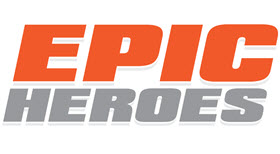 Epic Heroes Entertainment Movies Toys TV Video Games News Art Pop culture news goodness
Epic Heroes Entertainment Movies Toys TV Video Games News Art Pop culture news goodness

